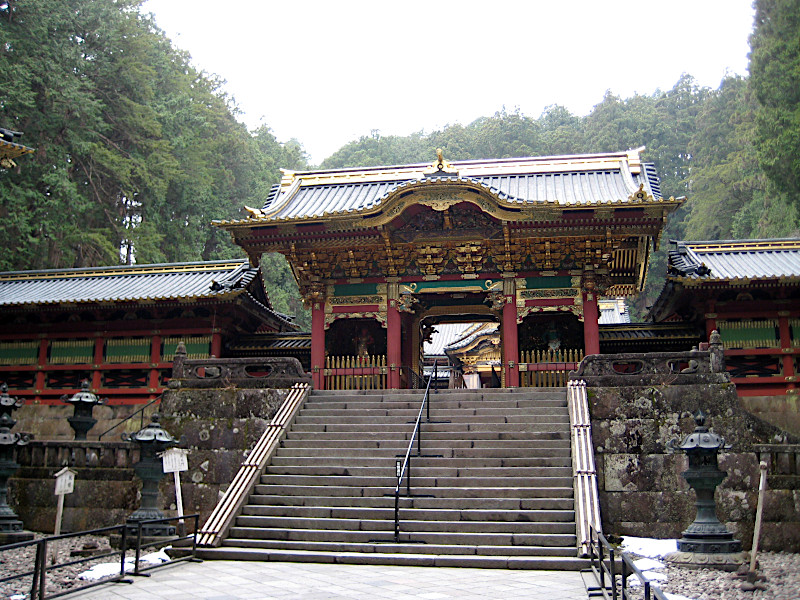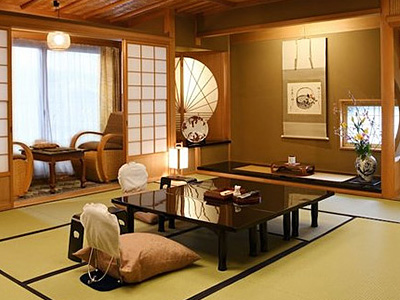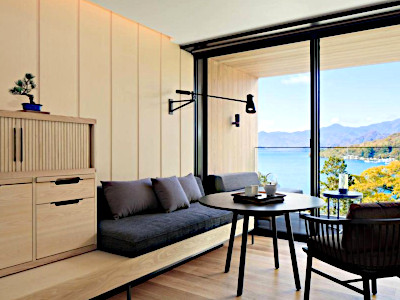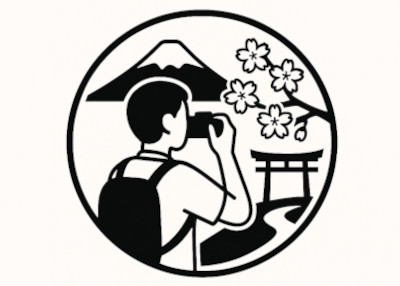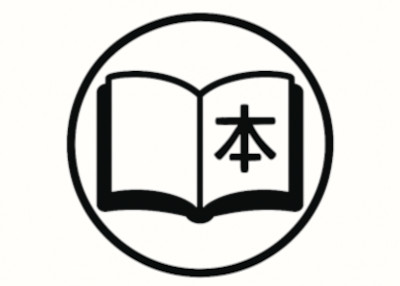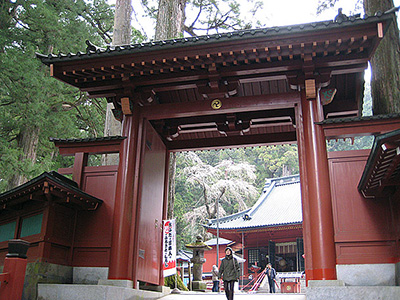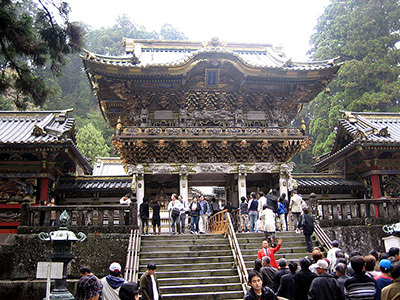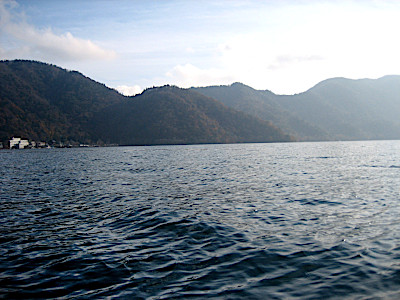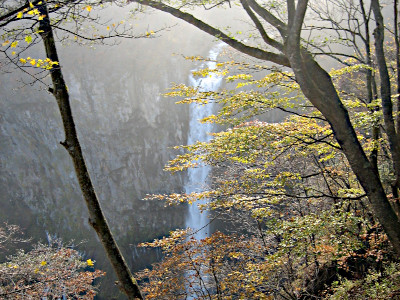Iemitsu Mausoleum Taiyuin-byo in Nikko
This post can contain affiliate links, which means that we may receive a small commission if you make a purchase using these links.
Facts & Figures
The Taiyuin-byo Iemitsu Mausoleum is a UNESCO World Heritage Site in Nikko and is famous for its architectural style with influences from China. The Tokugawa clan created two mausoleums in Nikko and the Taiyuin-byo Iemitsu Mausoleum, a subtemple of Rinnoji, is one of them.
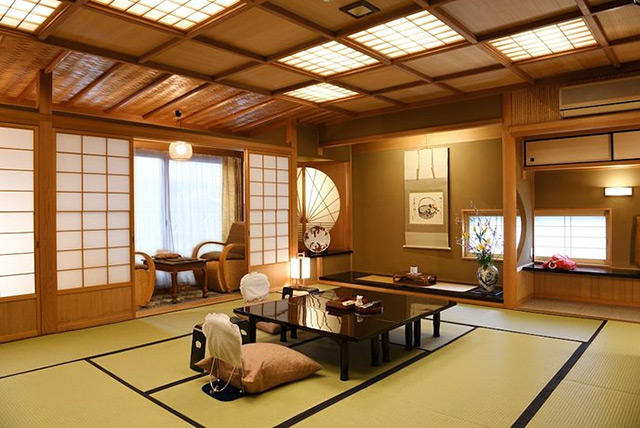 Experience the Ultimate Japanese Hospitality at a Nikko Ryokan.
Experience the Ultimate Japanese Hospitality at a Nikko Ryokan.
Find Your Perfect Ryokan Now >
It is dedicated to the 3rd shogun of Japan with the name Iemitsu (1604 - 1651). He was the grandson of shogun Tokugawa Ieyasu (1543 - 1616). Taiyuin is the posthumous name of Iemitsu. The area contains a mixture of Shinto and Buddhist structures comparable to the Toshugu Shrine nearby. 22 of these structures are registered National Treasures. The mausoleum is surrounded by a dense cedar forest. My highlights were the colorful Yashamon and Nitenmon Gate, Honden (Main Hall), Haiden (Prayer Hall), Kokamon Gate, and the Mausoleum. The best time to visit this place is during the autumn season.
- Taiyuin-byo Iemitsu Mausoleum:
- Opening Hours - 8:00 am to 5:00 pm (from April till end of October, last entry 4:30 pm)
- Opening Hours - 8:00 am to 4:00 pm (from November till end of March, last entry 3:30 pm)
- Closed - never
- Admission Fee - 550 yen (Adults), 250 yen (Elementary and Middle School Students)
- Admission Fee Combined Ticket Taiyuin + Sanbutsudo (Rinnoji) - 900 yen (Adults), 400 yen (Elementary and Middle School Students)
My tips for local activities
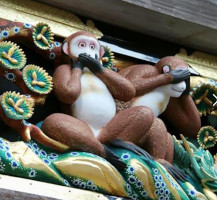
How about exploring the beautiful city of Nikko, its historical places, and the Kegon Falls within a day's trip from Tokyo with a local guide? The personalized tour by our partner GetYourGuide can take up to 10.5 hours. For more details check out this page >
History
In 1653 Ietsuna Tokugawa (1641 - 1680), the fourth Shogun, completed the construction of the Iemitsu Mausoleum Taiyuin-byo. It was two years after Shogun Iemitsu (1604 - 1651) died and only 17 years after he reconstructed the Toshugu Shrine. To get some historical context Shogun Tokugawa Iemitsu decided to close the border of Japan and locked the country for more than 200 years. The mausoleum was built on a smaller scale to not overshadow the Toshugu Shrine, where Ieyasu Tokugawa (1543 - 1616), founder of the Tokugawa Shogunate, was buried.
Location

Iemitsu Mausoleum is located nearby the Toshugu Shrine in Nikko within the Tochigi Prefecture.
Address: 2307 Sannai, Nikko, Tochigi 321-1431
How to get to Iemitsu Mausoleum?
- 10min from JR Nikko Station by bus or
- 45min from JR Nikko Station
Sightseeing spots at Iemitsu Mausoleum Taiyuin-byo
Top:
5 Gates - The vermillion-colored Niomon Gate forms the entrance of the mausoleum followed by the Nitenmon Gate (Gate of two Gods), Yashamon Gate, Karamon Gate (look out for the famous white dragon sculpture), and Kokamon Gate. All of these gates are beautifully decorated pieces of art.
Niomon Gate - The two guardians (Mishaku and Naraen) of the vermillion-colored entrance gate are called Nio. Both statues have a height of 3.2 meters.
Nitenmon Gate - The translation for Niten means - the skies of east and west. Two wooden statues/guardians protect the gate. The one with the red-colored skin is called Komoku-ten (protector of the west sky) and the green-colored one is Jikoku-ten (protector of the east sky). These two belong to the Four Heavenly Kings of Buddhist mythology. Nitenmon is one of the largest gates in Nikko.
Yashamon Gate - Look out for the beautiful carvings of peonies (a sign of wealth and royalty), which gave this gate its name Peony Gate. Nearby the gate can be found the Bell Tower (Shoro) and the Drum Tower (Koro). Both are designated Important Cultural Properties.
Karamon Gate - The gate, inspired by Chinese architecture, is built on a smaller scale and displays beautiful carvings of a white dragon and a pair of white cranes.
Kokamon Gate - The last gate out of 5 is leading you to the Iemitsu Mausoleum (Taiyuin-byo). It was built in 1653 and received the nickname Ryugumon (Gate of the Dragon Palace). It faces in the direction of the Toshogu Shrine to show respect to daimyo Tokugawa Ieyasu (1543 - 1616).
Main Hall (Honden) - The building is not open to the public, but the structure is known for its beautiful exterior design. The architectural style is called Ishi-no-ma-zukuri.
Prayer Hall (Haiden) - The interior design is absolutely marvelous. Enjoy the beautiful ornaments, the rich and colorful design, and the carvings on the walls and ceiling. The ceiling features over 140 dragons painted during the Edo period (1603 - 1868) by well-known artists, which belonged to the Kano family, which are Kano Yasunobu (1613 - 1685) and its older brother Kano Tanyu (1602 - 1674). The Haiden and Honden are connected by a corridor and can be found right behind the Karamon Gate.
Suibansha (purification pavilion) - Before you enter the inner grounds this place is used for purification rituals. The whole structure is supported by twelve granite pillars.
Tokugawa Iemitsu's Mausoleum - You can not enter the sacred mausoleum, but from the outside, you can admire the simple, modest, and beautiful architectural style of the building.
Festival & Events in Nikko (dates can change without notice)
April
Yayoi Matsuri (16th - 17th)
The Mikoshi (portable Shinto shrine) procession will be held at the Futarasan Shrine.
May
Toshogu Shrine Grand Festival (17th - 18th)
The most important annual festival in Nikko includes horseback archery and a procession of 1000 warriors. The festival is a re-enactment of the funeral procession of Tokugawa Ieyasu (1542-1616) who founded the Tokugawa Shogunate in Edo (Tokyo).
October
Toshogu Shrine Autumn Festival (16th - 17th)
Is a repetition of the festival in May.

